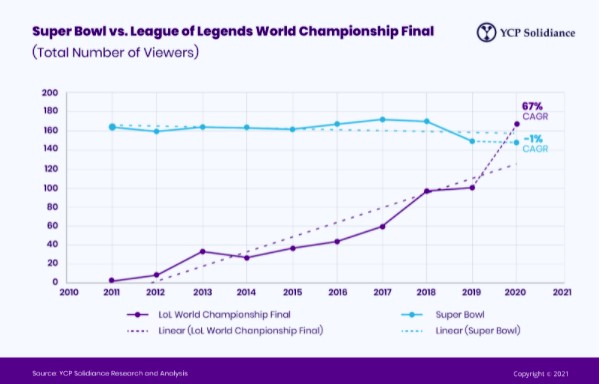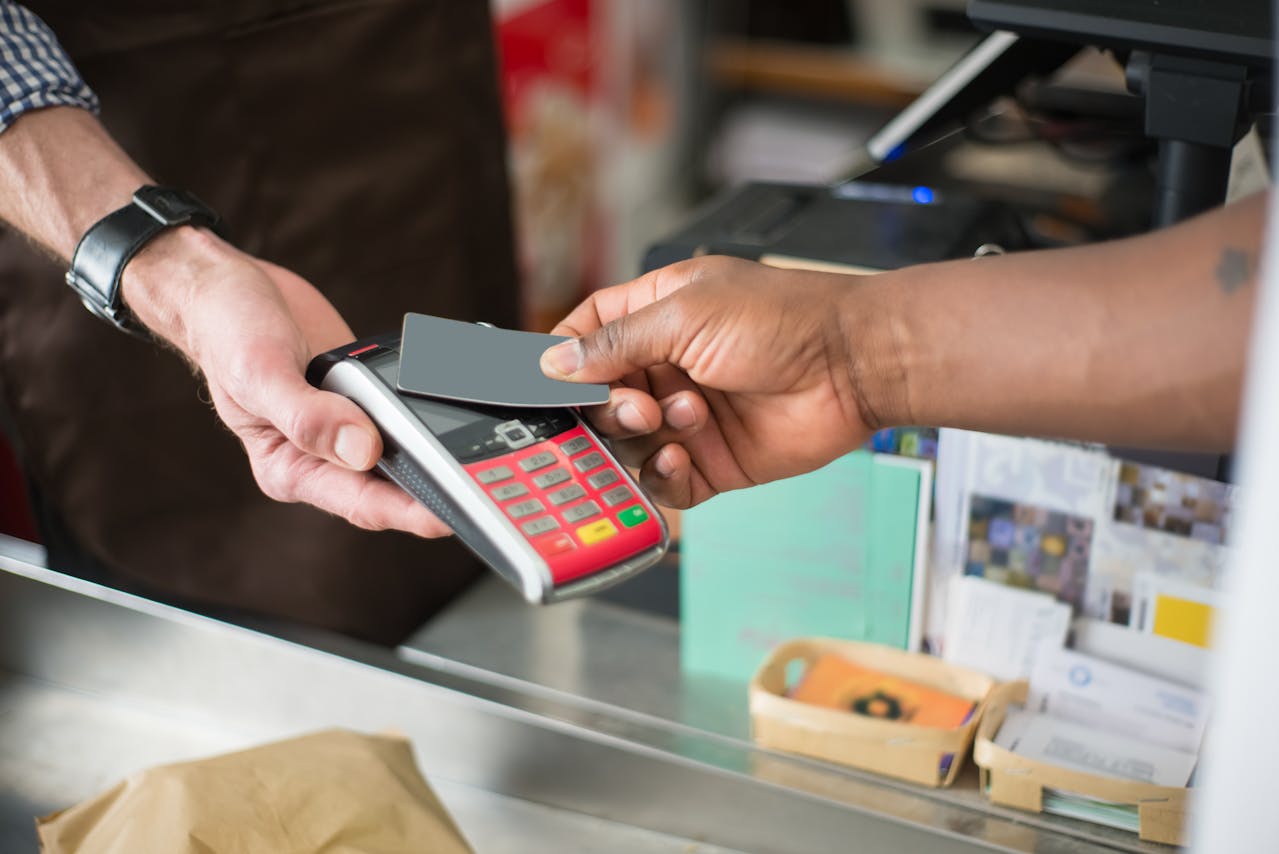


source image: pexels
Online video games were once a mere home entertainment system kids play as a hobby or a stress release outlet that causes underperformance at school. But in the past years, the activity has evolved into a widely anticipated sporting event similar to traditional sports.
In 2019, the most-watched American broadcast program was the NFL Super Bowl, gathering around 149 million people to observe the game. In the same year, the League of Legends (LoL) World Championship in Paris succeeded in gathering 100 million people. The LoL championship has shown signs of exponential growth. Have it not been for the COVID-19 pandemic--researchers believe that 2020 would be the year LoL viewers exceed those of the Super Bowl.

League of Legends is only one of many titles that drive esports earnings to its place today. There are five dominant categories of esports titles: Multiplayer Online Battle Arenas (MOBAs) such as LoL or DOTA 2, First-Person Shooters with Counter-Strike and Valorant as its leading games, Real-Time Strategy (RTS) through StarCraft, Fighting Games like Tekken 7, and Battle Royales with Fortnite and Call of Duty.
Game publishers and league organizers are now seeking for third-parties to invest in esports and allow them to conduct championship series for their fanbase. However, according to a recent publication from YCP Solidiance titled “The Next Level: The Rise of Esports in the Philippines” the cost to create an esports professional ecosystem would need more than monetary investment to achieve sustainable growth.
In terms of capital investments, league organizers would need to pay each of their players a salary of an average of USD 410.000 annually for pros in the championship series. In addition, they would also typically need to invest in large gaming houses to serve as lodging for players and training grounds supported by coaching staff and a village of supporting teams to ensure its players' wellbeing.
In the case of the esports industry in the Philippines, the country has experienced tremendous enthusiasm towards online gaming. For example, in 2019, the Mobile Legends Professional League (MPL) held in Manila's SMX Convention Center was enjoyed by thousands, both offline and online. Following the event, the Philippines became the second-largest market for Mobile Legends, with 2.65 million active users daily alongside a CAGR of 8.78% over the past five months.
However, other game titles have yet to achieve what Mobile Legends succeeded in doing. Even with the rising popularity of Fortnite and Call of Duty: Warzone, as the newest addition to a Battle Royale genre, the interests of the Philippines' esports audience have not translated to homegrown leagues.
Establishing a sustainable esports ecosystem in the Philippines requires more than viewership, profit, and capital investments. The online gaming industry in the Philippines is only in its nascent stages. Therefore, the esports companies in the Philippines need to correctly map out a more consistent success roadmap for the Philippines' esports by maximizing the potential and calibrating strategies to tackle the challenges the country's esports sector would face on its way to the summit.
Discuss your needs with our teams

Digital Lending in Southeast Asia: Current Trends and Future Outlook
Digital lending in Southeast Asia (SEA) has been on an upward trajectory, significantly enhancing financial access for both individuals and businesses. The region's high internet and mobile penetration rates have facilitated this growth, enabling more people to access financial services conveniently. Governments across SEA are actively promoting digital lending as a means to improve financial inclusion, particularly for the underbanked and unbanked populations. For instance, digital lenders in countries like Indonesia and the Philippines have capitalized on the surge in internet usage to offer innovative lending solutions.

The Latest Trends and Developments in SEA’s Digital Payments Landscape
The adoption of digital payments in Southeast Asia (SEA) has accelerated, driven by technological advancements, government initiatives, and changing consumer behaviors. It has evolved from simple online transactions to sophisticated financial ecosystems that include various payment methods such as mobile wallets, QR code payments, and Buy Now Pay Later (BNPL) options.

Navigating the Digital Era: Future Jobs and Skills in the Age of Digitalization
The job market's transformation driven by digitalization highlights the need to understand emerging trends and acquire essential skills for thriving.

Navigating Key Challenges in Southeast Asia’s EV Market
Southeast Asia (SEA) finds itself at a crucial juncture in the journey towards electric vehicle (EV) production and adoption as the world transitions towards sustainable transportation solutions. The region has several significant keys for developing the EV industry, such as Indonesia's nickel supply and Thailand's EV manufacturing potential. However, the ASEAN EV industry faces many challenges and threats that must be overcome to ensure success in the region.